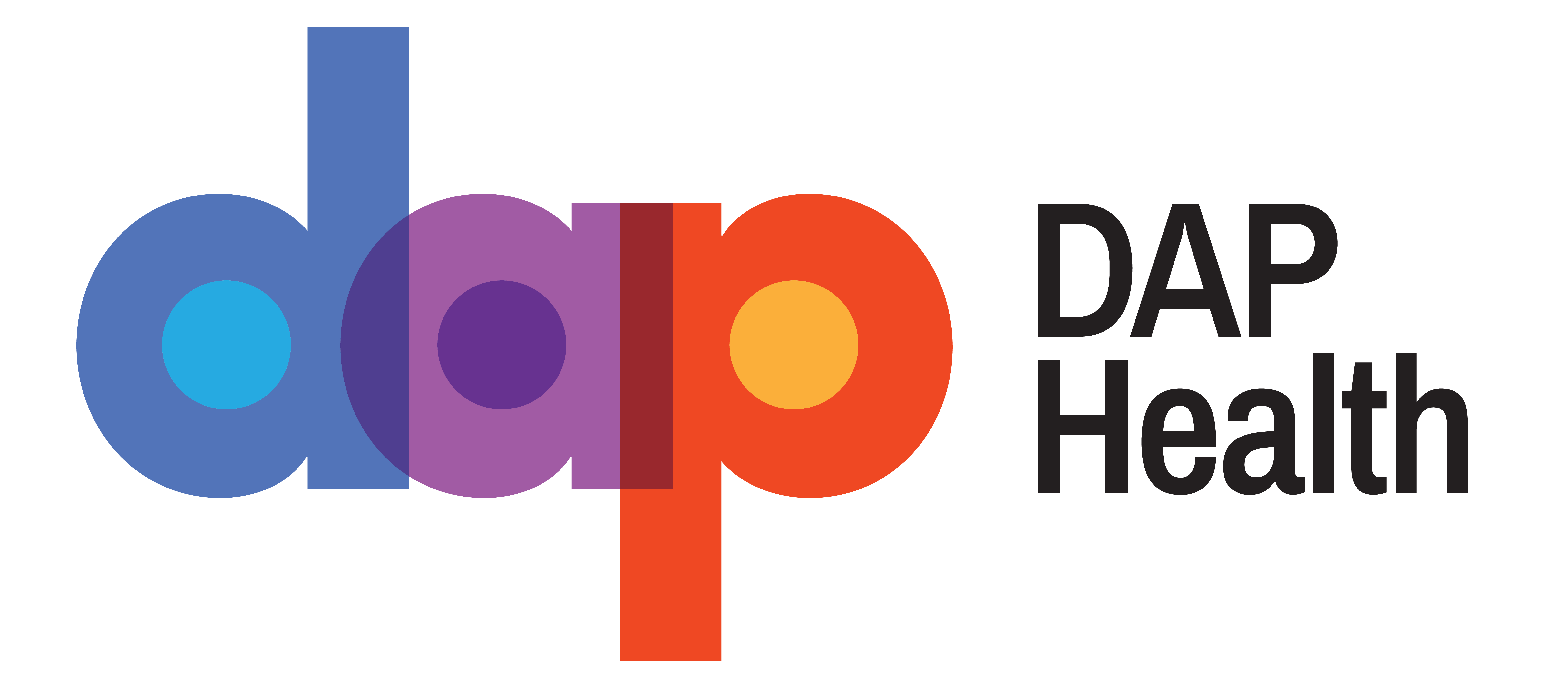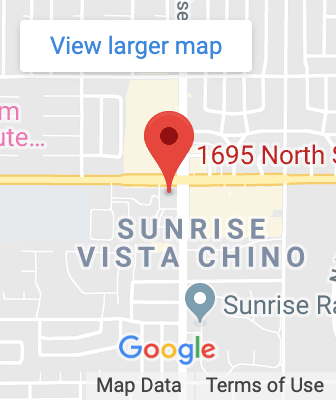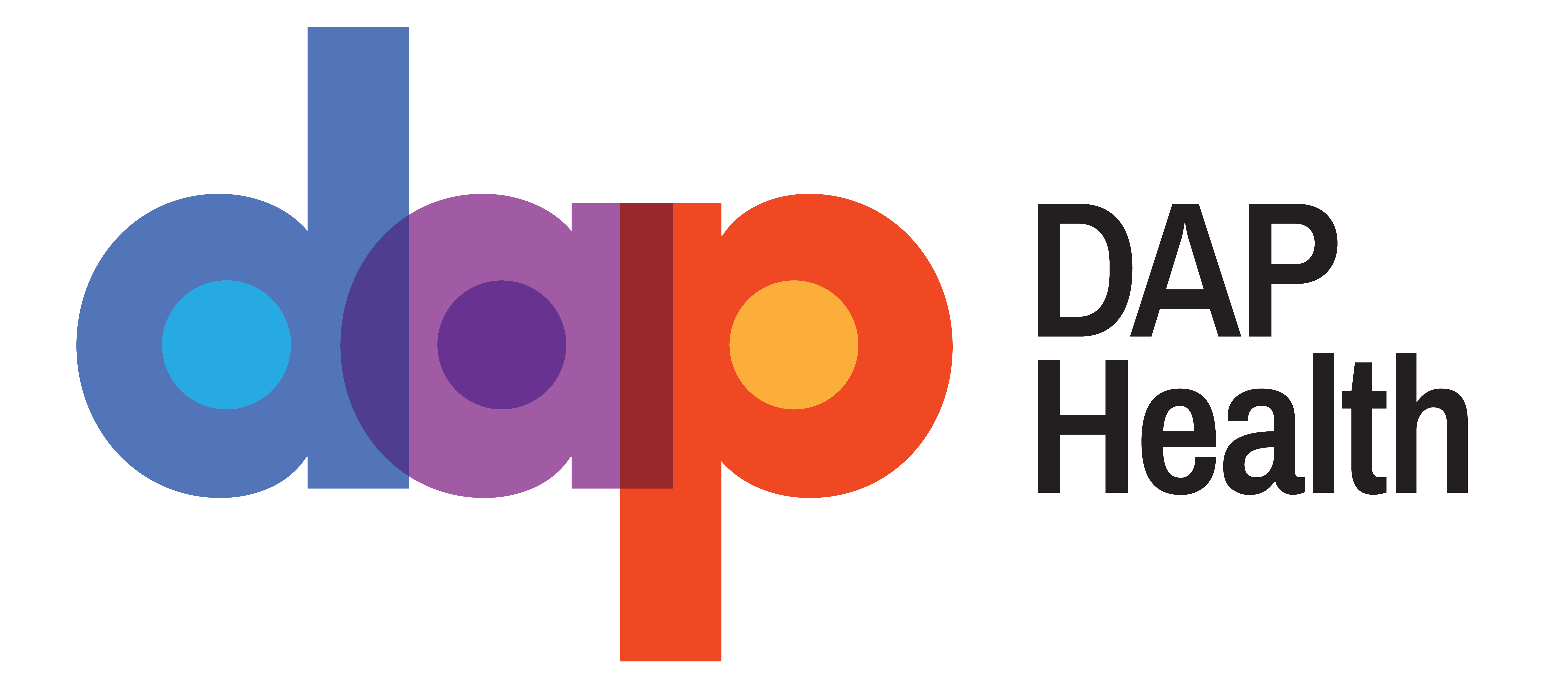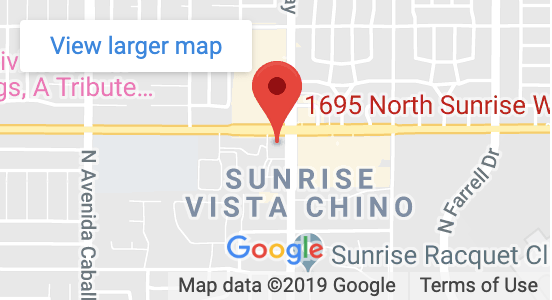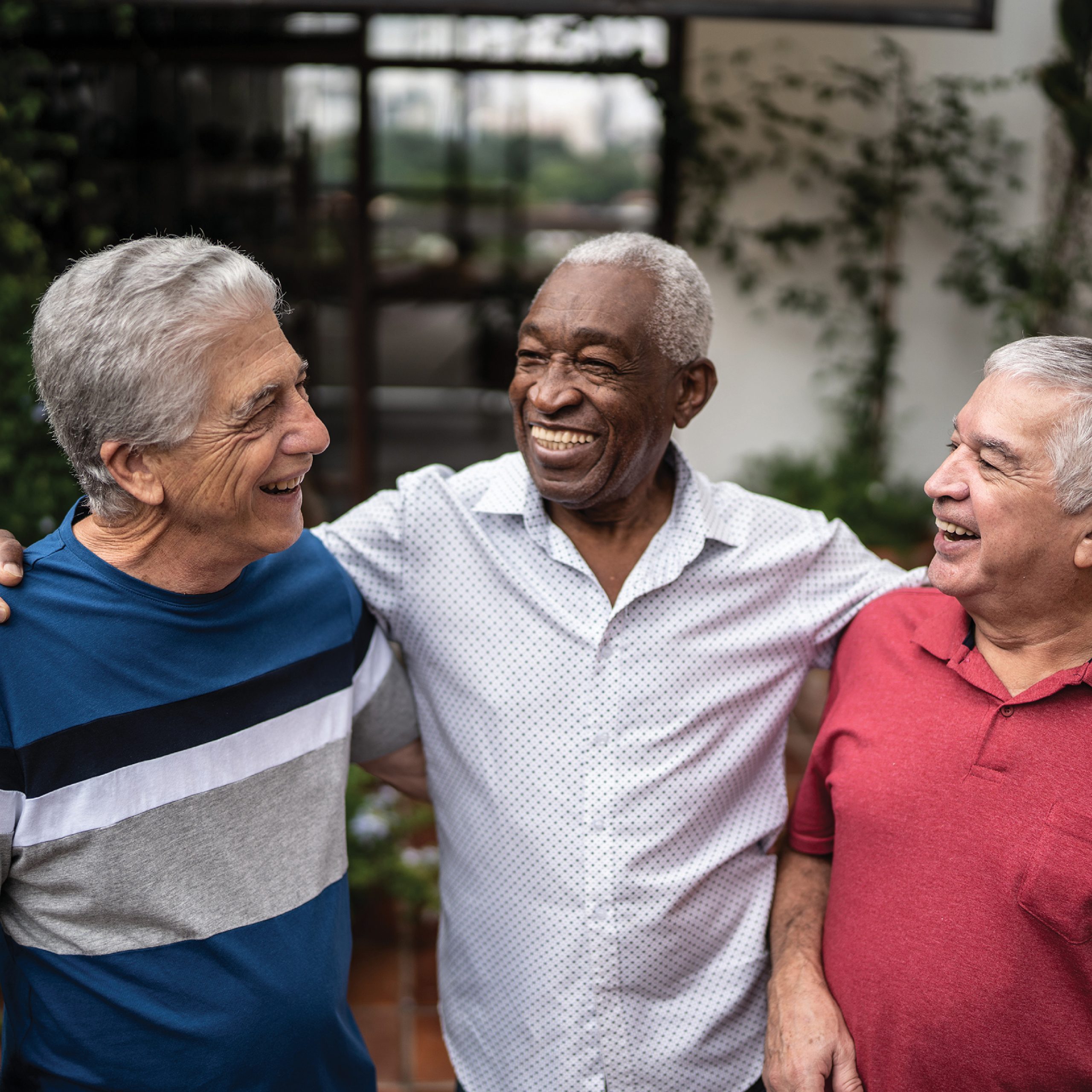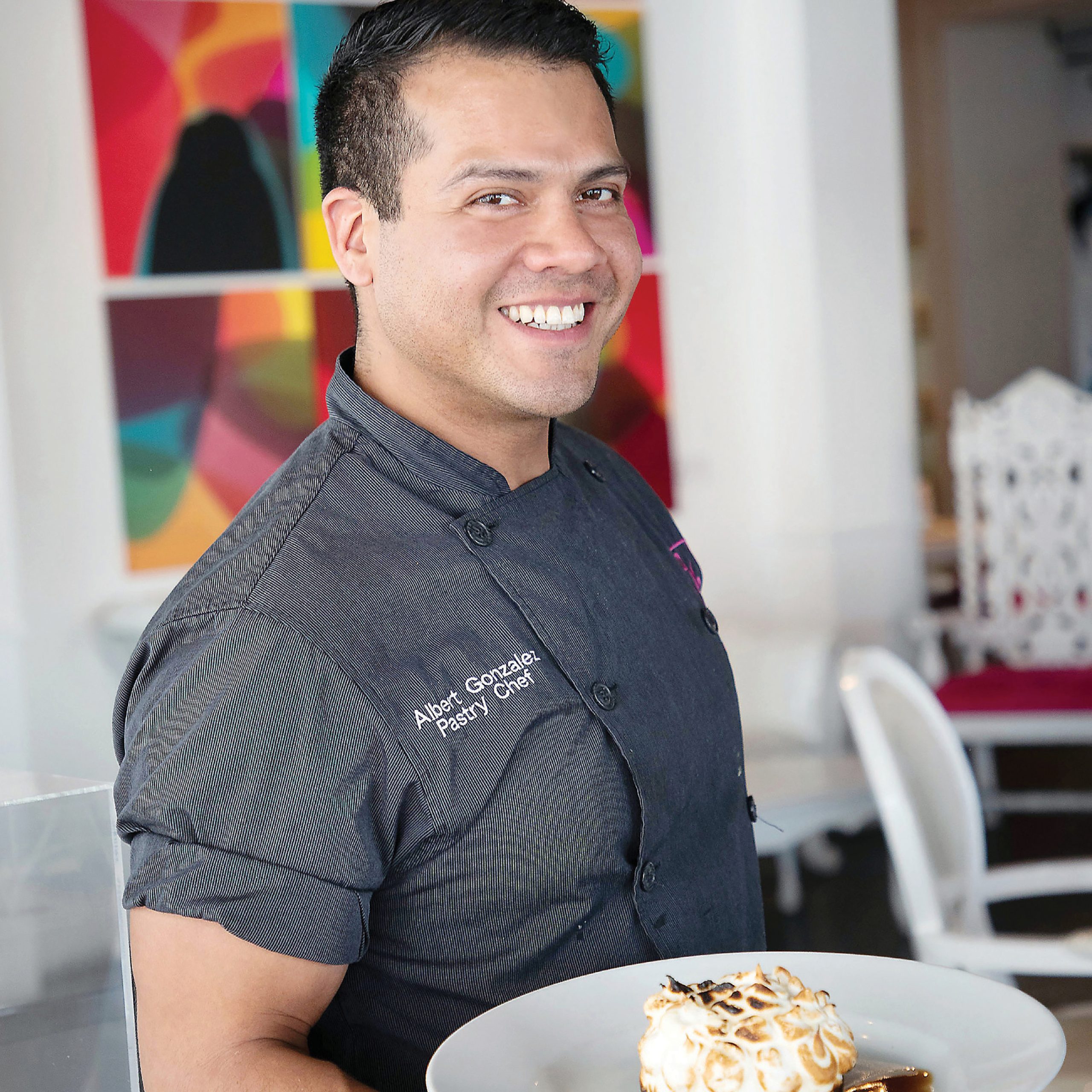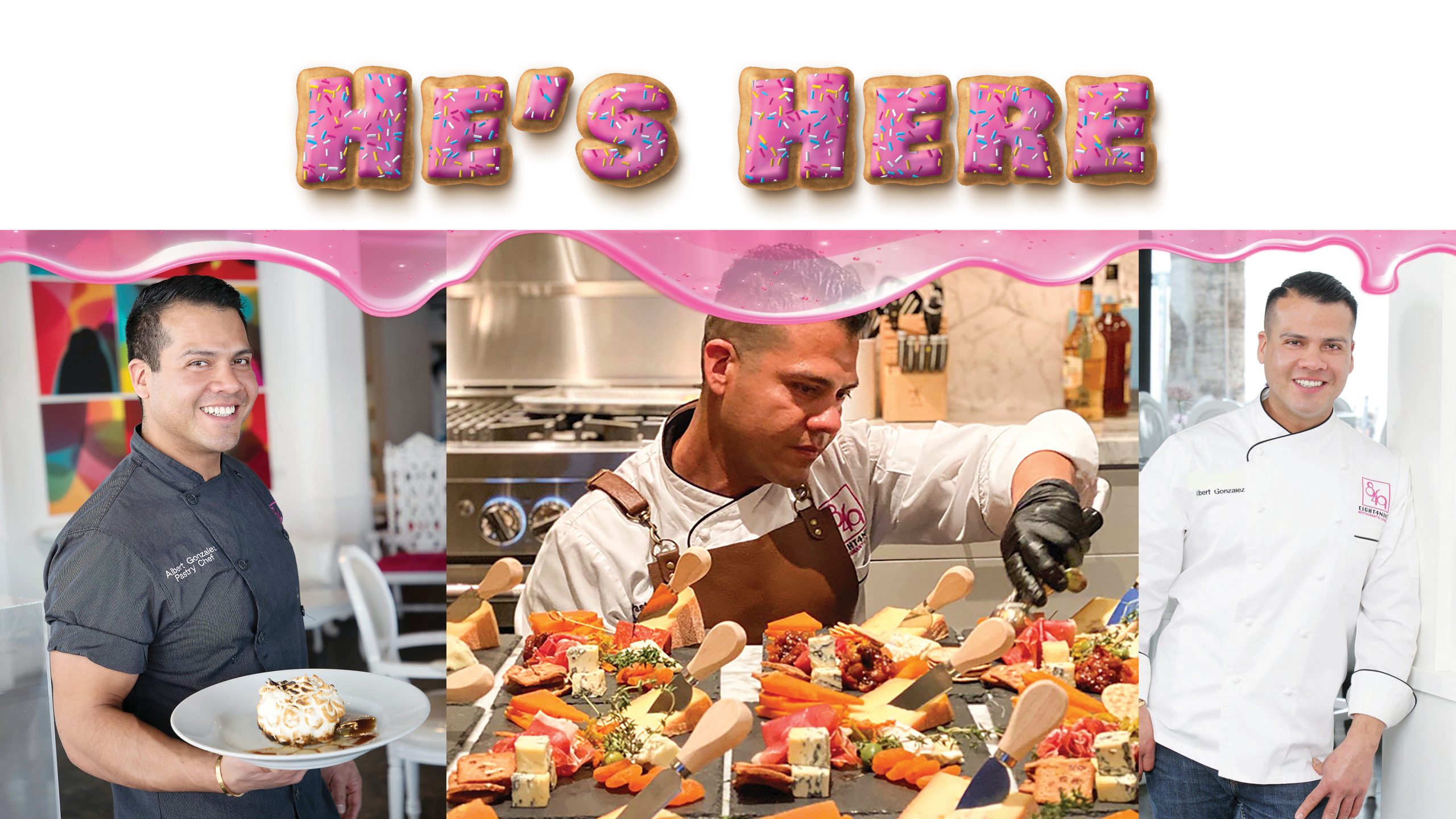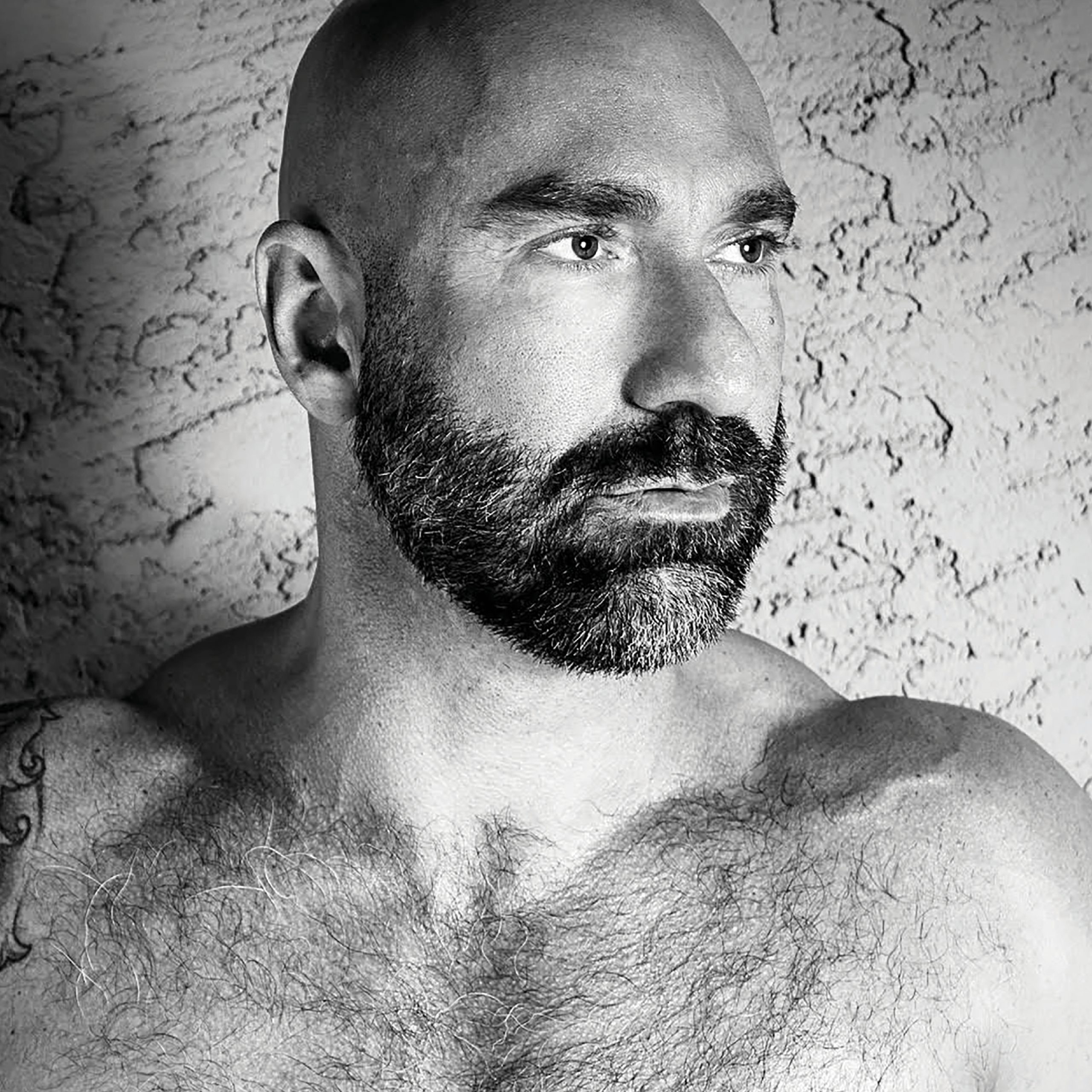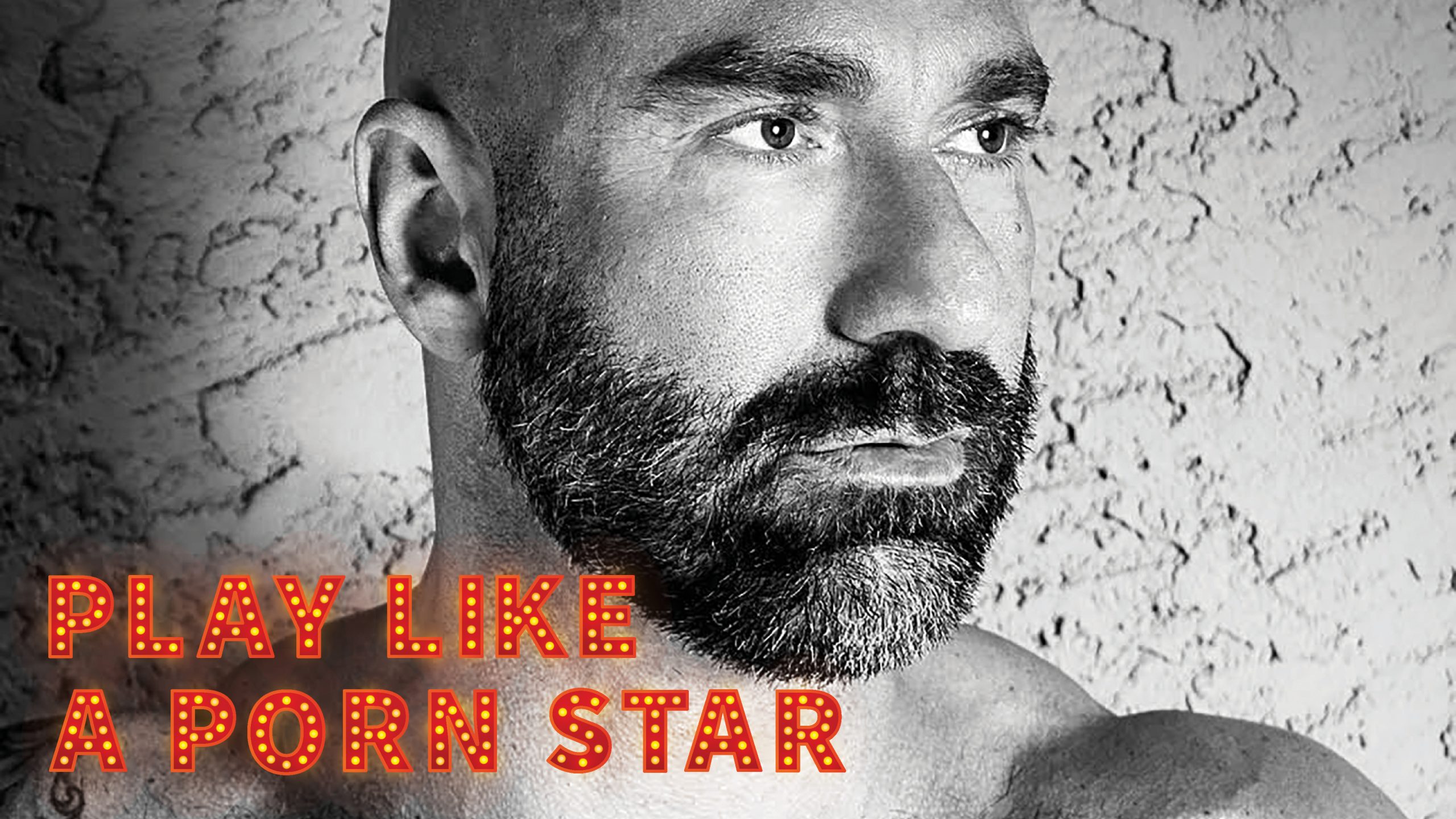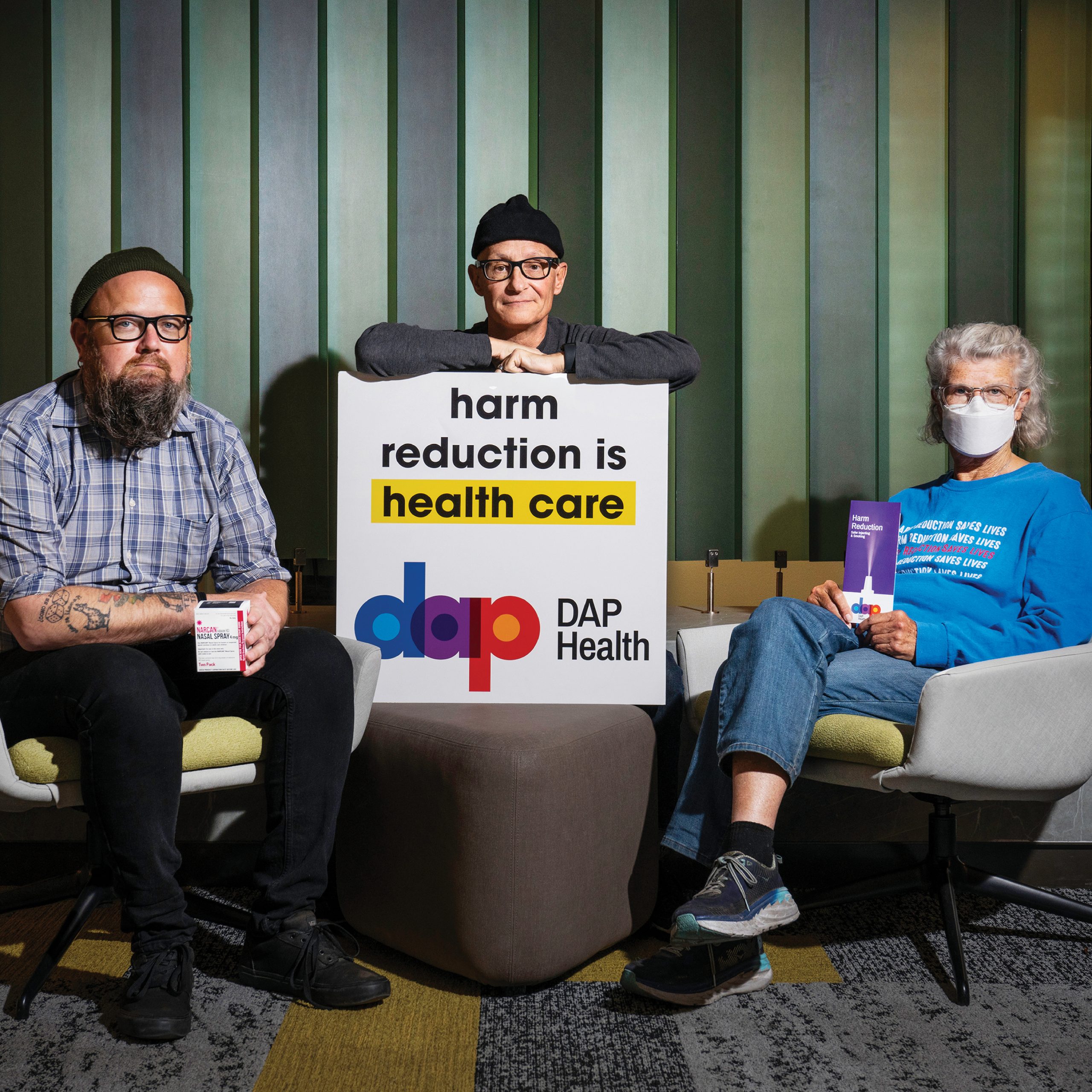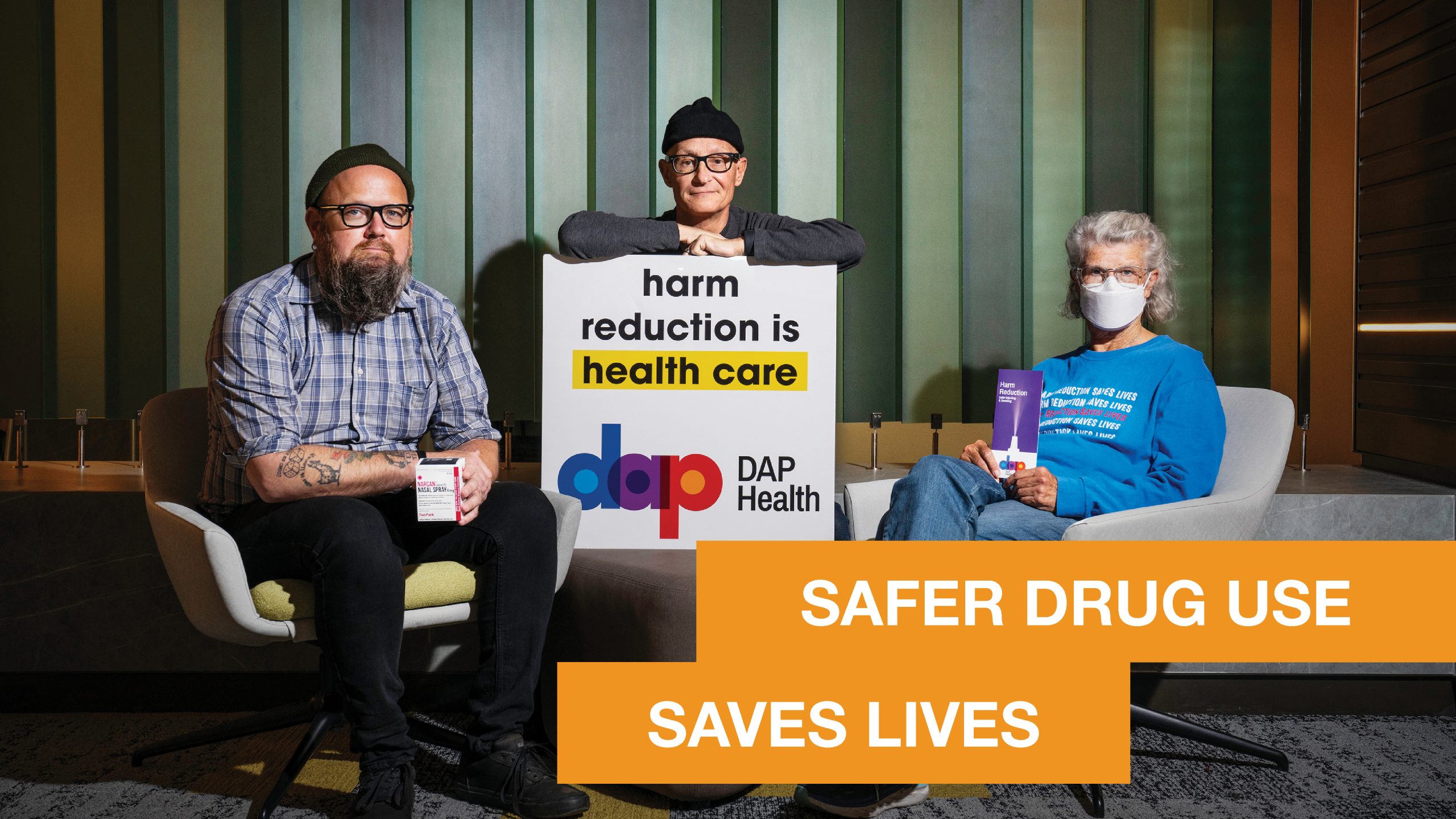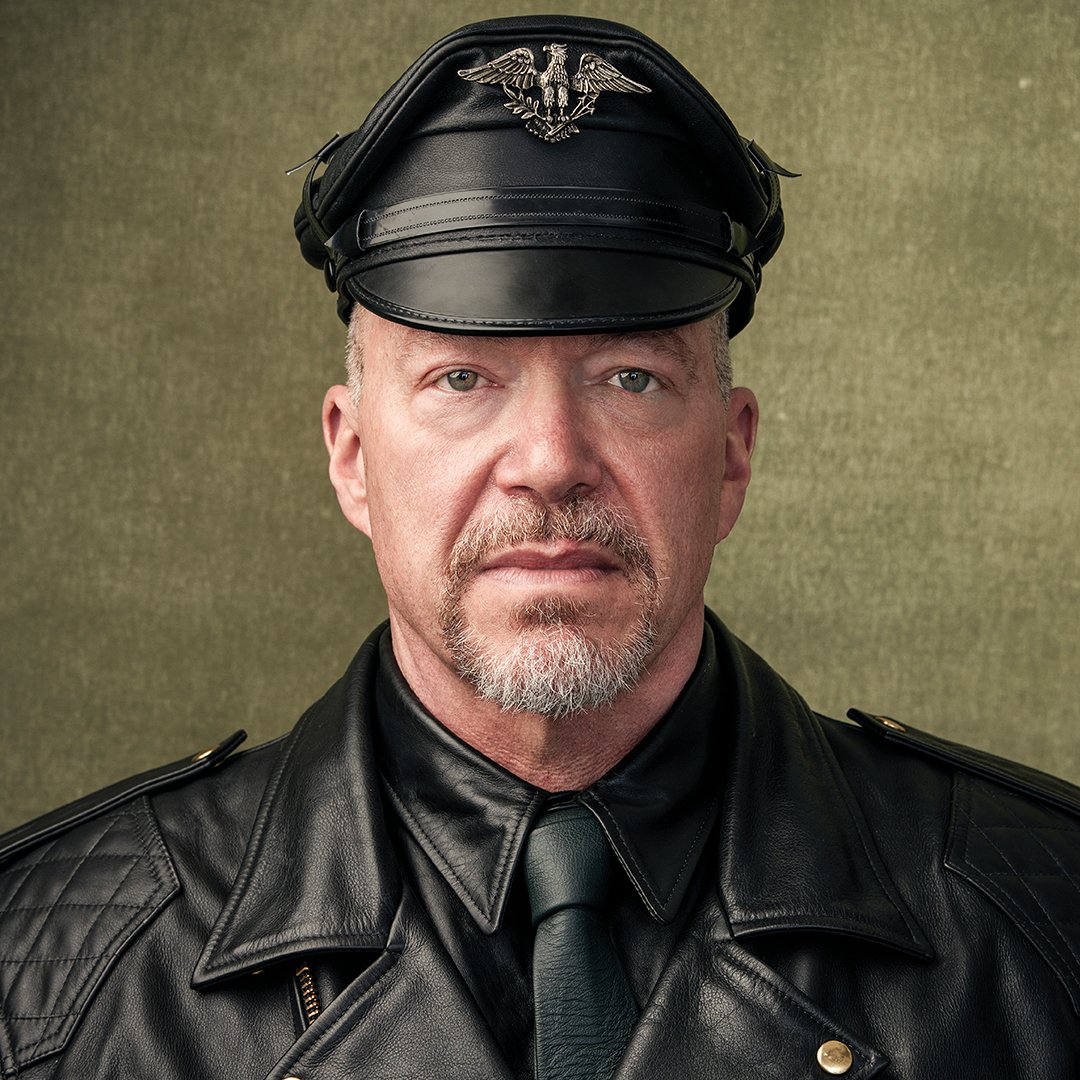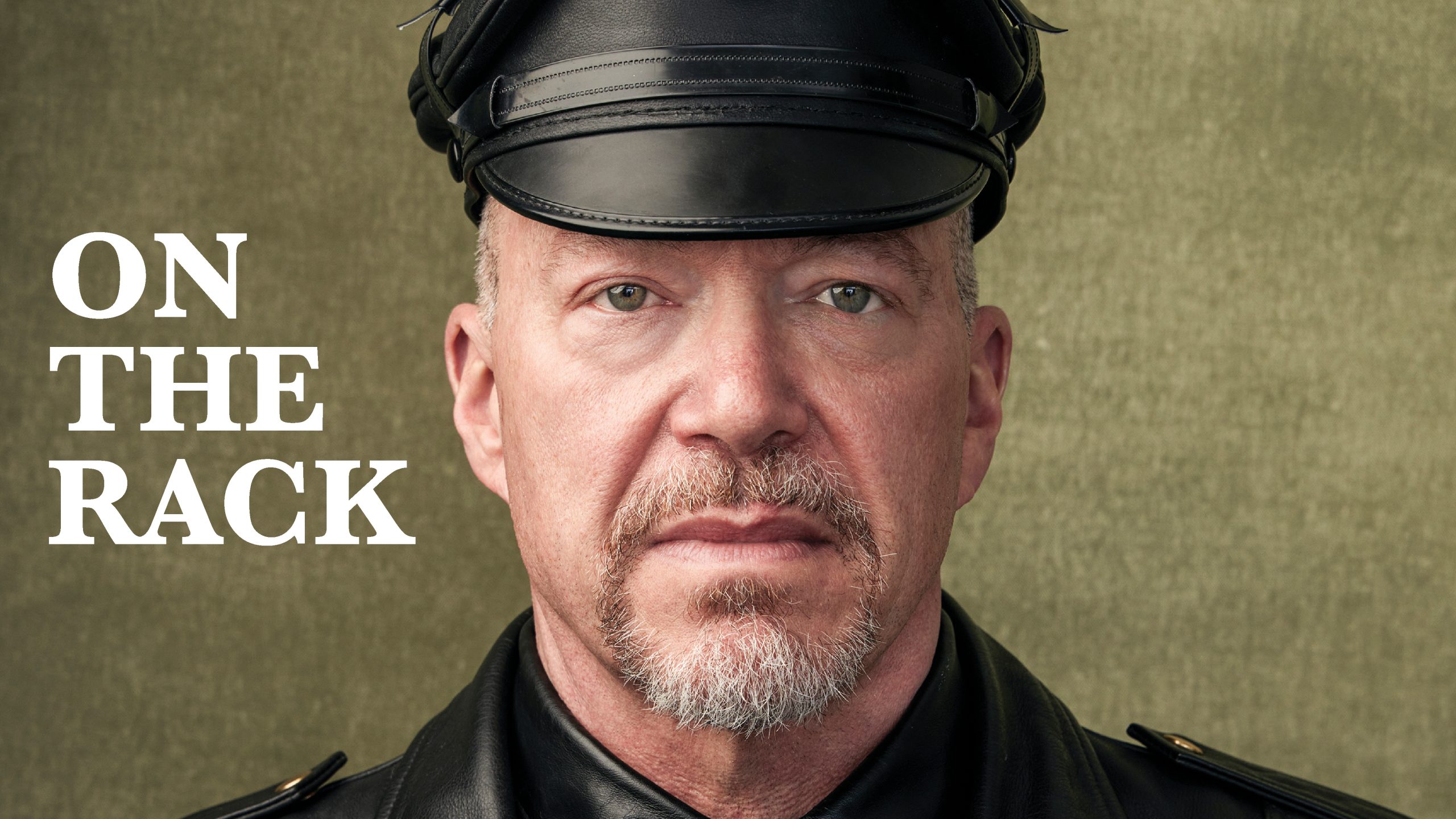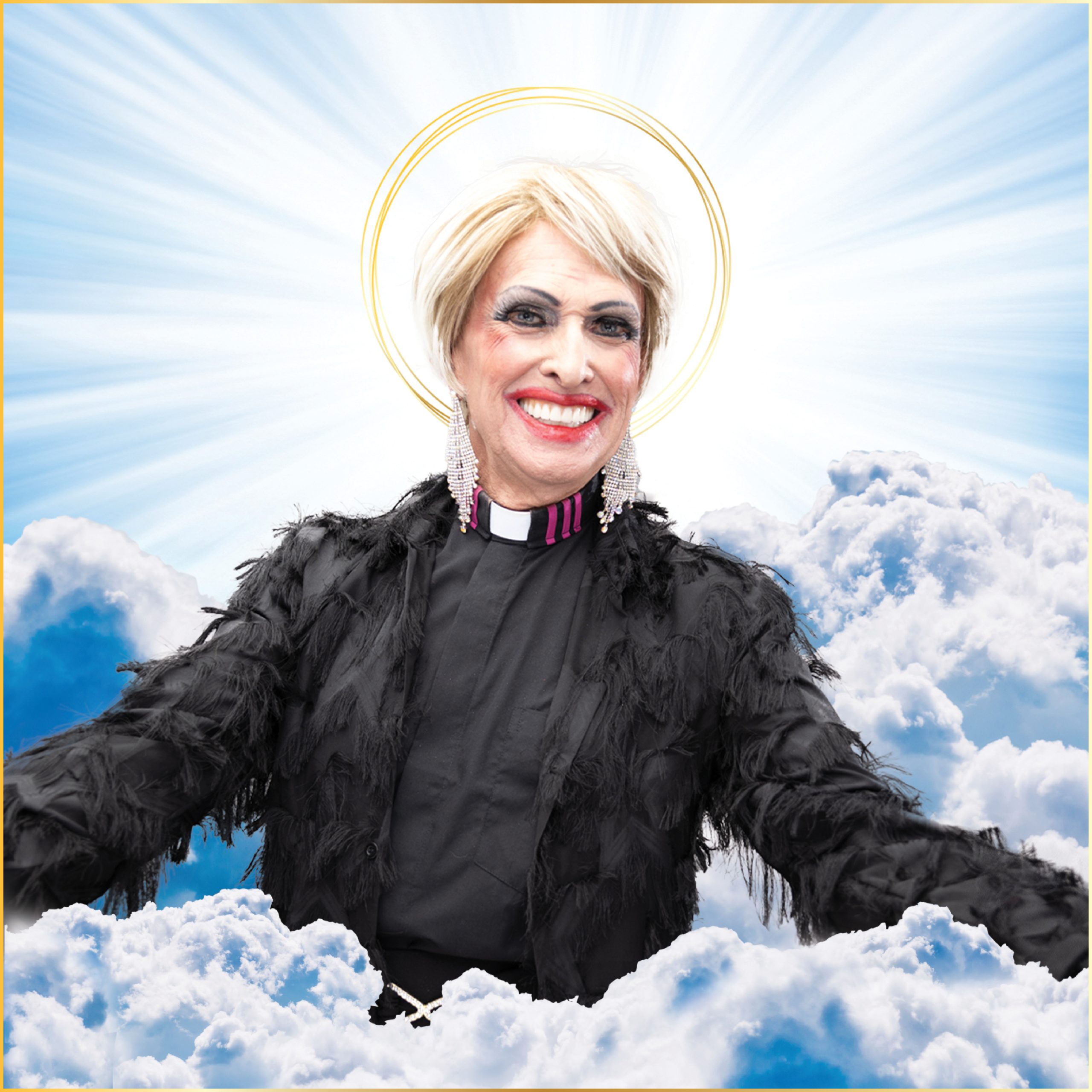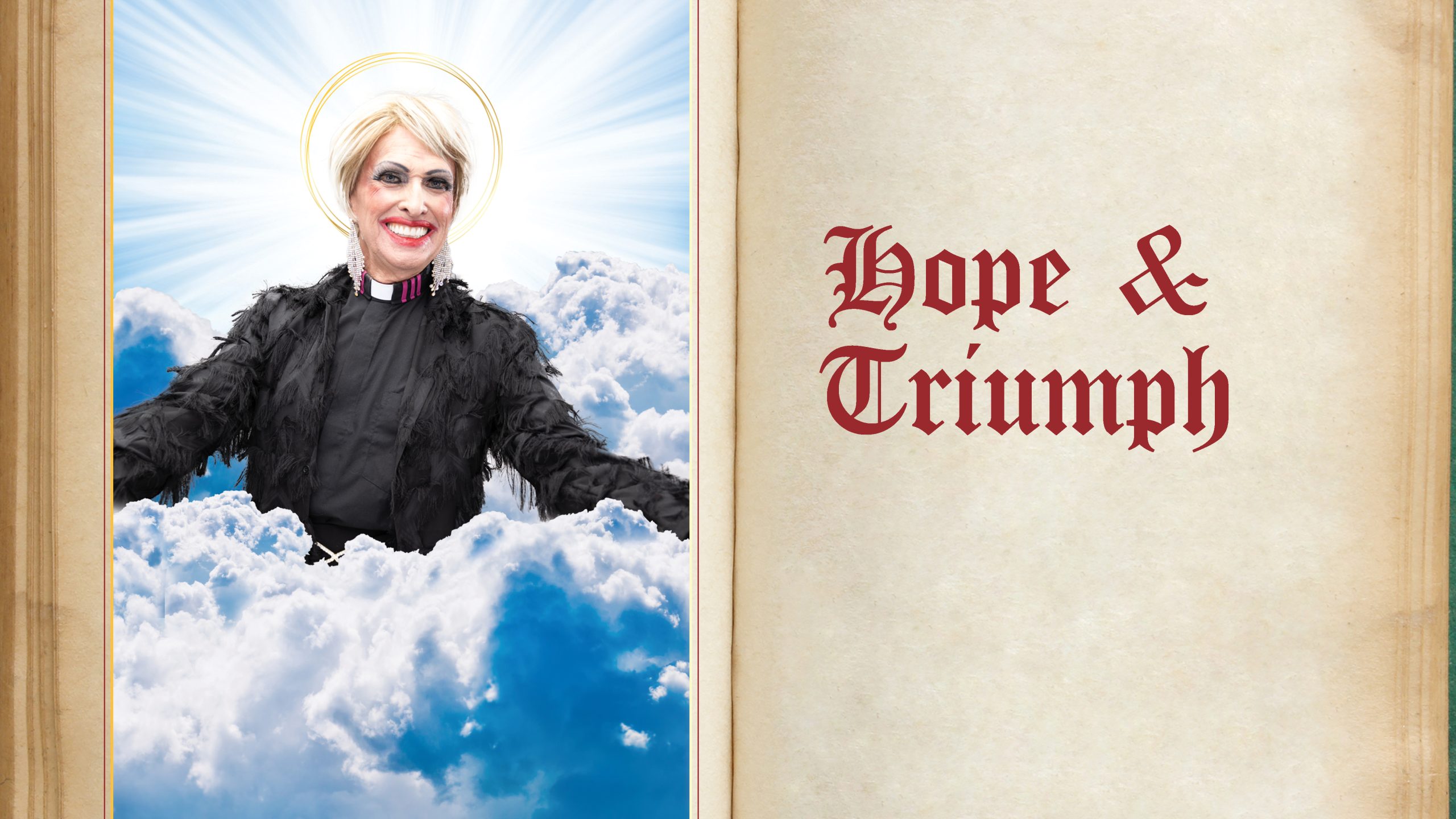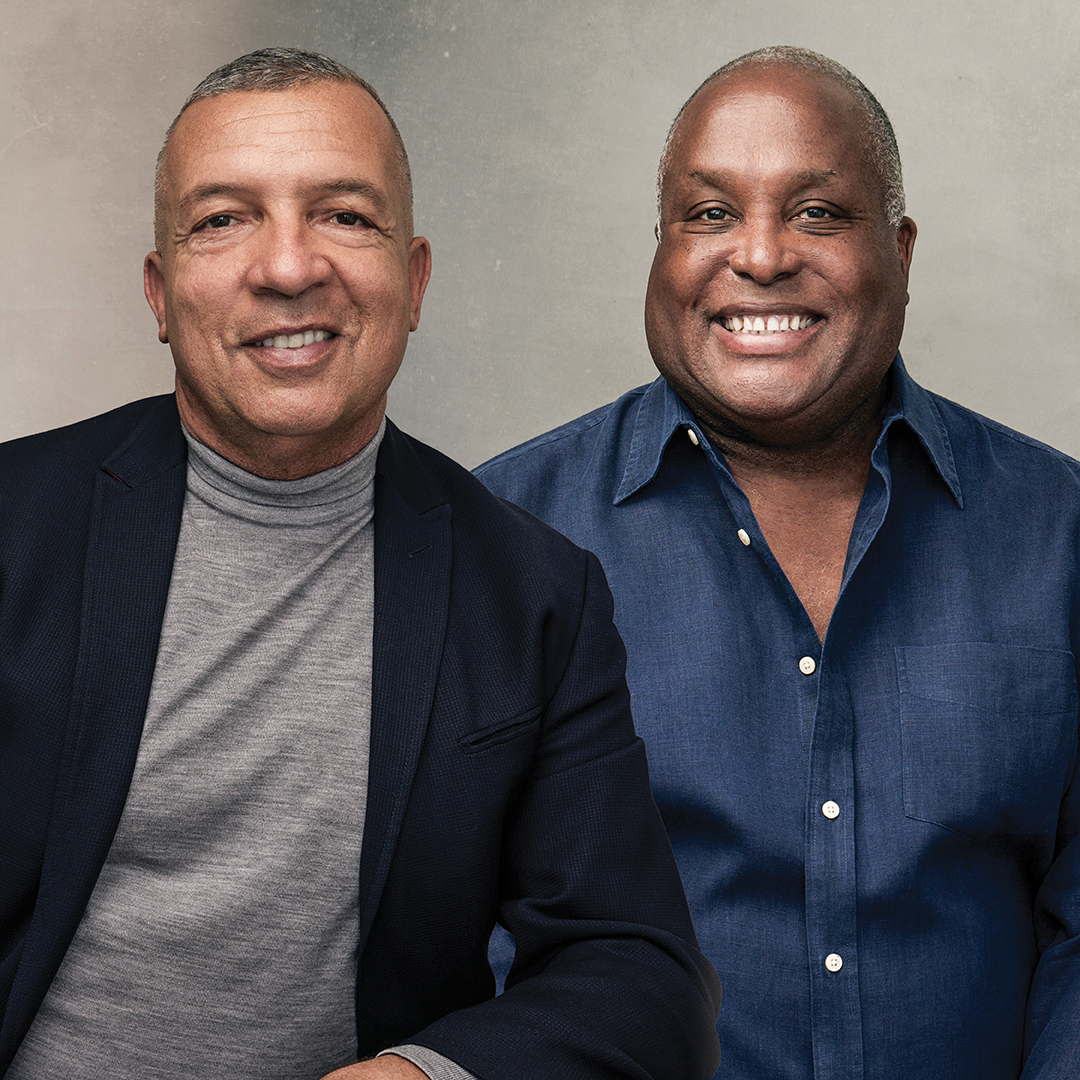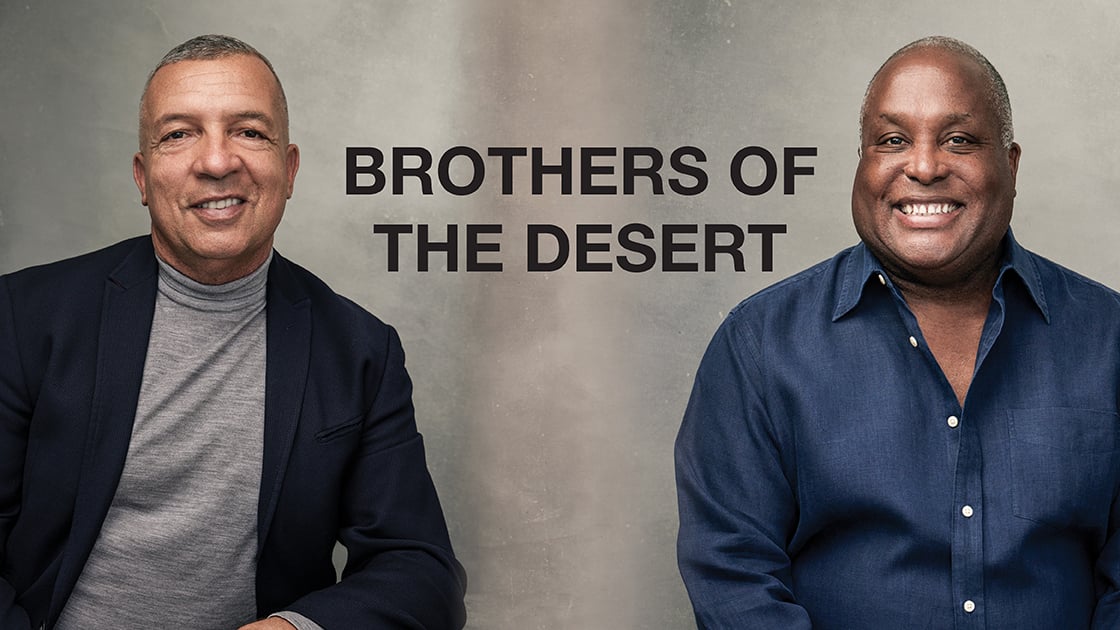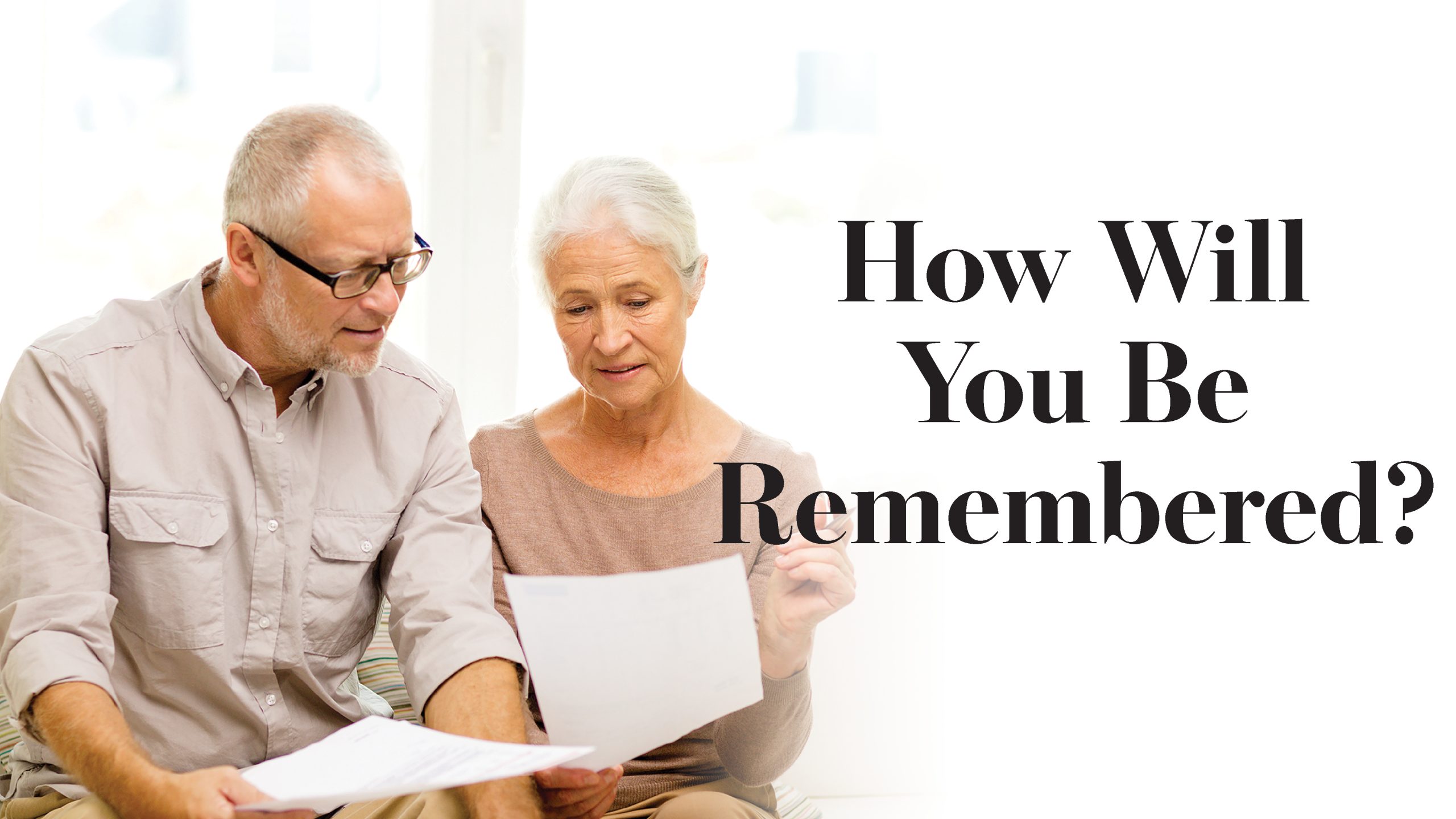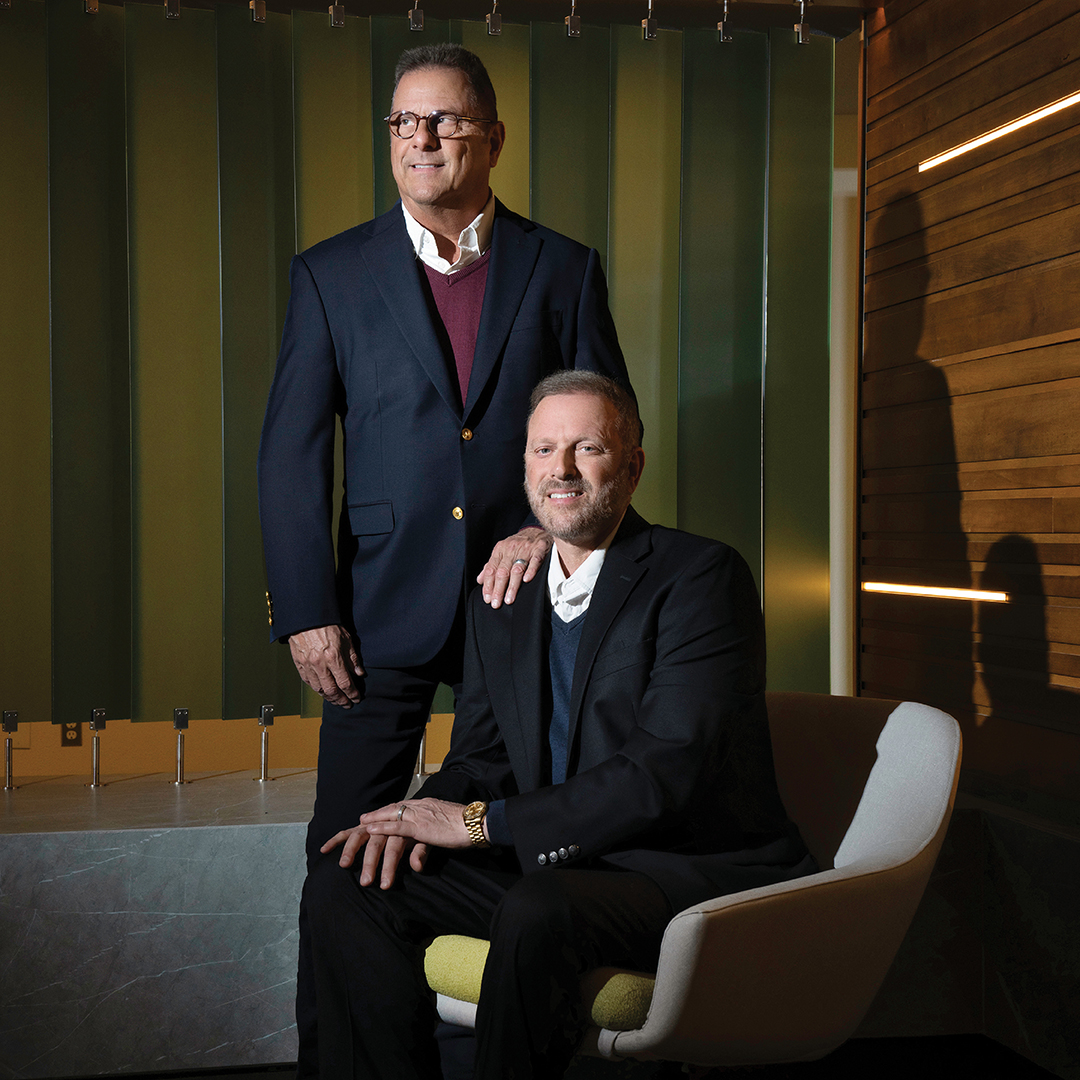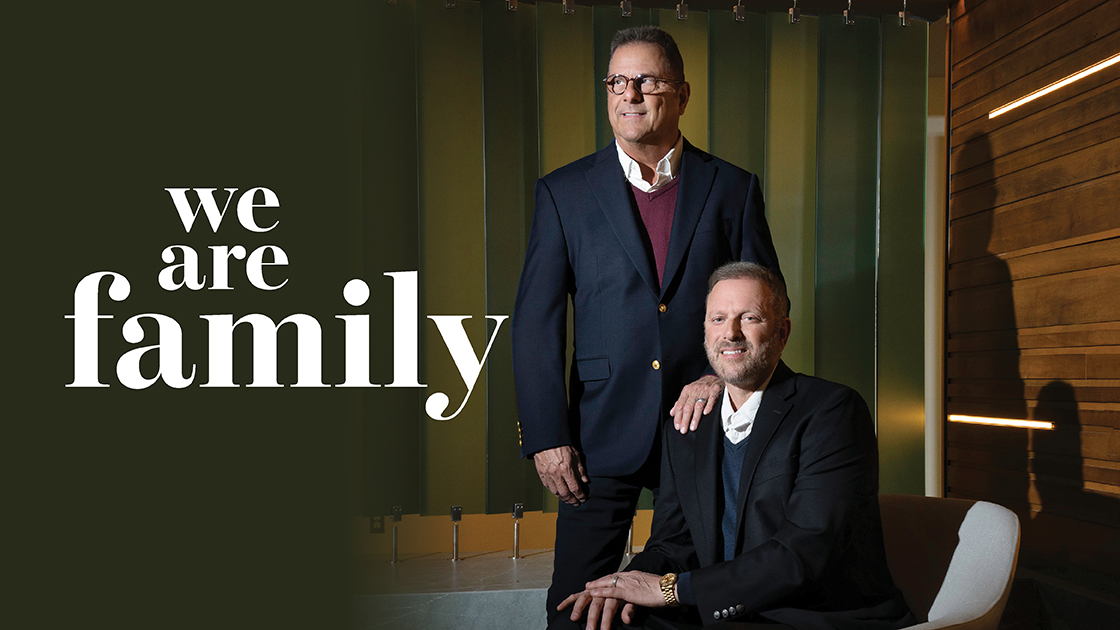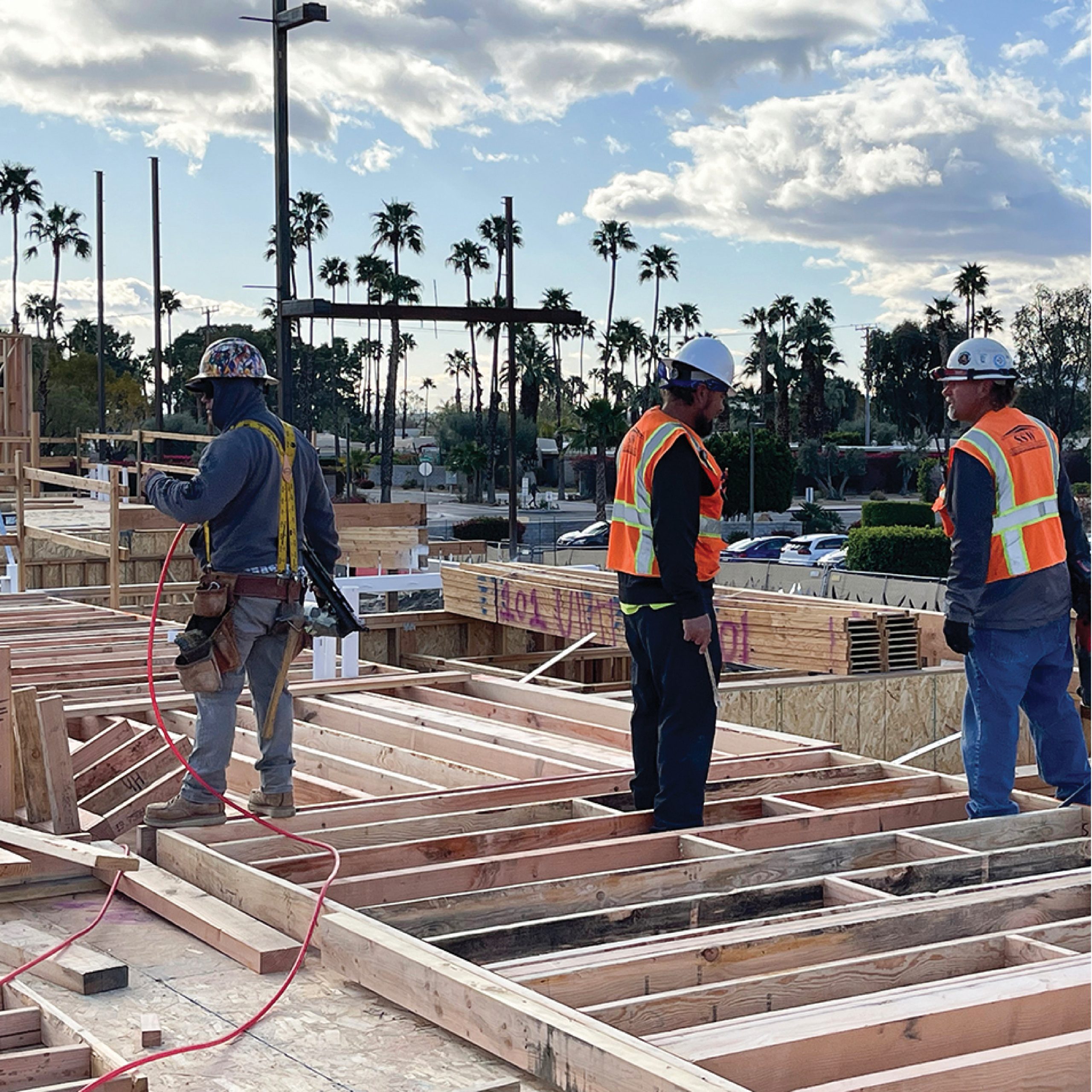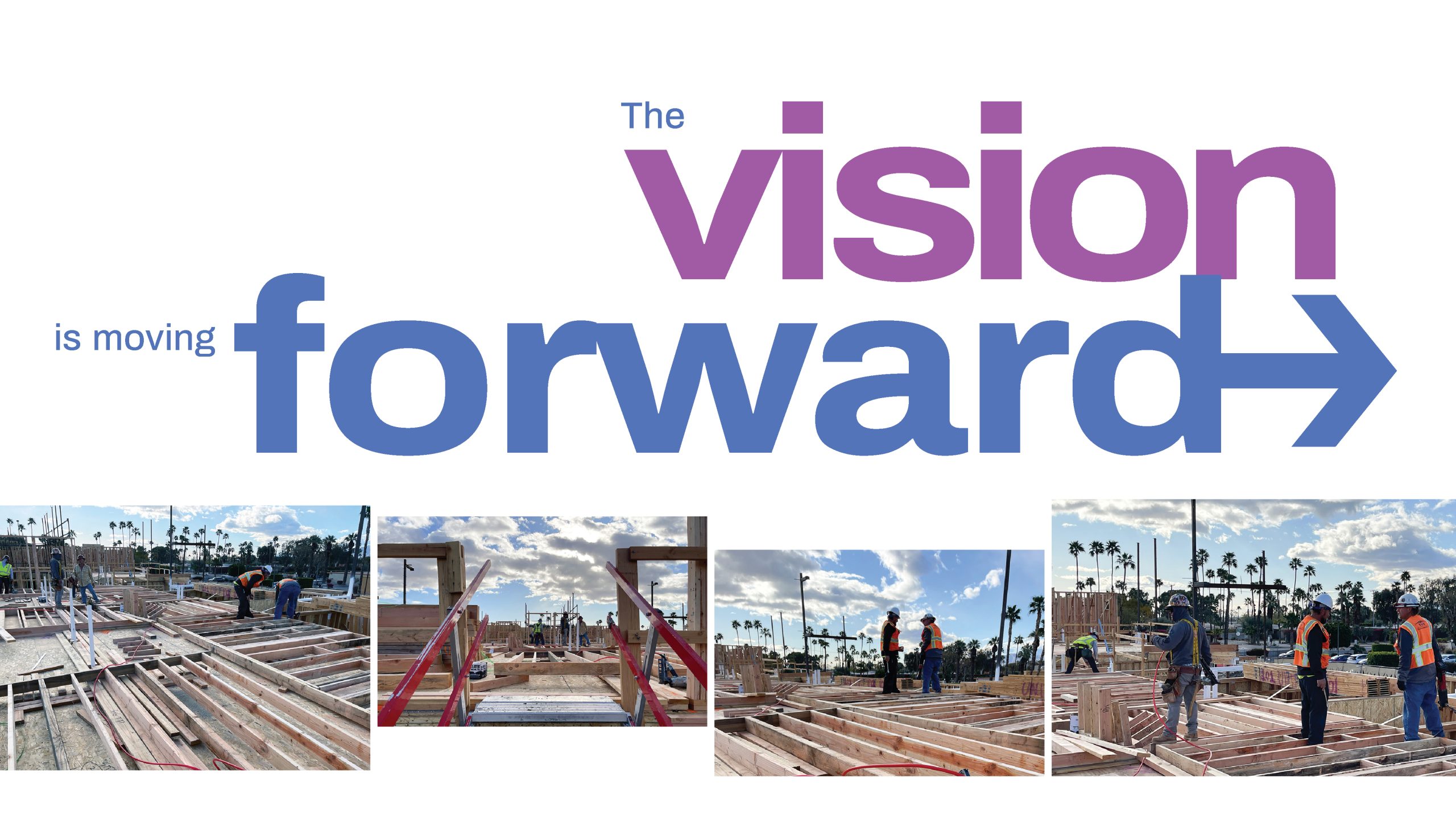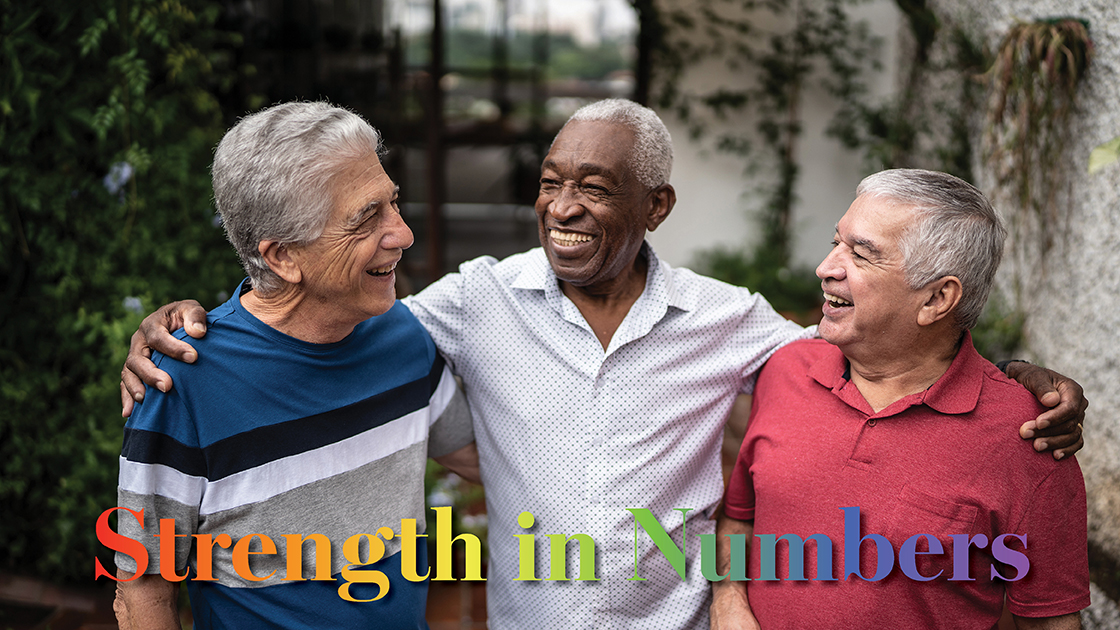
Strength in Numbers
The Coming Out Experience at DAP Health is all about sharing stories and making connections
When it comes to gay men with experiences of coming out, Rob Thomas and Ron King had theirs at opposite ends of the age spectrum.
Thomas recalls he was 12, lying in his bed and wondering if he was bisexual. It wasn’t until he was 18 and having sex with his first male lover that he realized he wasn’t bi but gay — and that the coming out process was just beginning for him.
King was 47 and married with two adult children when he decided to end his marriage and come out to himself and the world.
Thomas, now 53, and King, 71, have been a couple for 10 years and currently live together in Palm Springs. On occasion, they discuss different aspects of their coming out stories as part of the DAP Health Wellness Center’s weekly Zoom group called The Coming Out Experience. And as both point out, coming out isn’t a one-shot deal. “We keep touching on the fact that the coming out experience is very ongoing,” King says. “There are all sorts of little nuances.” Or as Thomas puts it, “You probably come out with everything you say as it relates to your sexuality in any everyday conversation.”
Those nuances and everyday conversations likely dovetail with other aspects of a person’s sexuality, too. For Thomas and King, it could be their May/December relationship, “which many people don’t understand,” King claims.
Thomas and King are also an interracial couple. And Thomas is on Social Security disability, having gone blind in 2005 from diabetic retinopathy, the leading cause of blindness in working-age adults. King is a retired special education teacher, a retired massage therapist, and also an interfaith minister who still officiates at weddings. He says he’s been a client of DAP Health since 2014 and a participant in the Wellness Center’s activities for years.
Six months ago, Thomas started receiving dental services at DAP Health, which qualified him to engage in Wellness Center activities, too. Thomas notes that King found The Coming Out Experience beneficial and liked the other participants, which piqued Thomas’ curiosity. “I thought, well, why don’t I get involved in this and see what it’s about? So far, it’s been a good thing.”
Both Thomas and King give high marks to Wellness Center Career Development Specialist Steve Rossetti, who facilitates the group. Rossetti has an extensive history both as a therapist — specifically, a cognitive behavioral therapist — and as a director of employee training for two companies in Chicago. He began working at DAP Health in 2018 and started The Coming Out Experience in 2020. Rossetti himself came out as gay in 1991 at age 31.
Rossetti introduces group discussions with a set topic, then tries to drive the discussion with questions. Thomas notes that Rossetti invites group members to call or email him with related topics they wish to discuss. “This is your group. So, bring me what you want to talk about,” Thomas quotes Rossetti as saying.
In a separate interview, Rossetti reiterates King’s perspective that the coming out process is ongoing, offering new challenges as one ages. This is particularly true for those who have yet to learn how to live their authentic selves. Instead, Rossetti says, many can be classified as “situationally gay,” where they can be queer for some people like friends or family members, but not for others like colleagues or neighbors.
Rossetti says this can lead to the “pause effect,” as one stops and considers how best to respond when someone asks if one is dating or in a relationship. “You pause and calculate. What do I disclose? Why is this person asking me? Is it safe? Do I feel comfortable disclosing I’m gay?”
According to Rossetti, this doesn’t mean you have to lead with, “Oh, hey, I’m gay.” But Rossetti says this often takes an acquired ability of “just being natural and transparent with who you are. The ability to know you’re living authentically.”
Rossetti says The Coming Out Experience attracts four to 12 participants each week, mostly men in their 50s through 80s — an age range, he points out, that “just kind of evolved.” Nevertheless, Rossetti says the group is inclusive and that younger participants, as well as female, trans, and nonbinary members are welcome, too.
These groups, Thomas adds, “show that DAP Health stands by what it says in terms of treating the person holistically, looking at all parts, the mind and the body.” As for The Coming Out Experience, it’s like “informal group counseling, where you get together with people who have common experiences and learn from each other.”
The Coming Out Experience meets via Zoom on Thursdays from 10:00 to 11:00 a.m. Those interested are encouraged to call Steve Rossetti at 760.322.6378, or to email him at [email protected].
